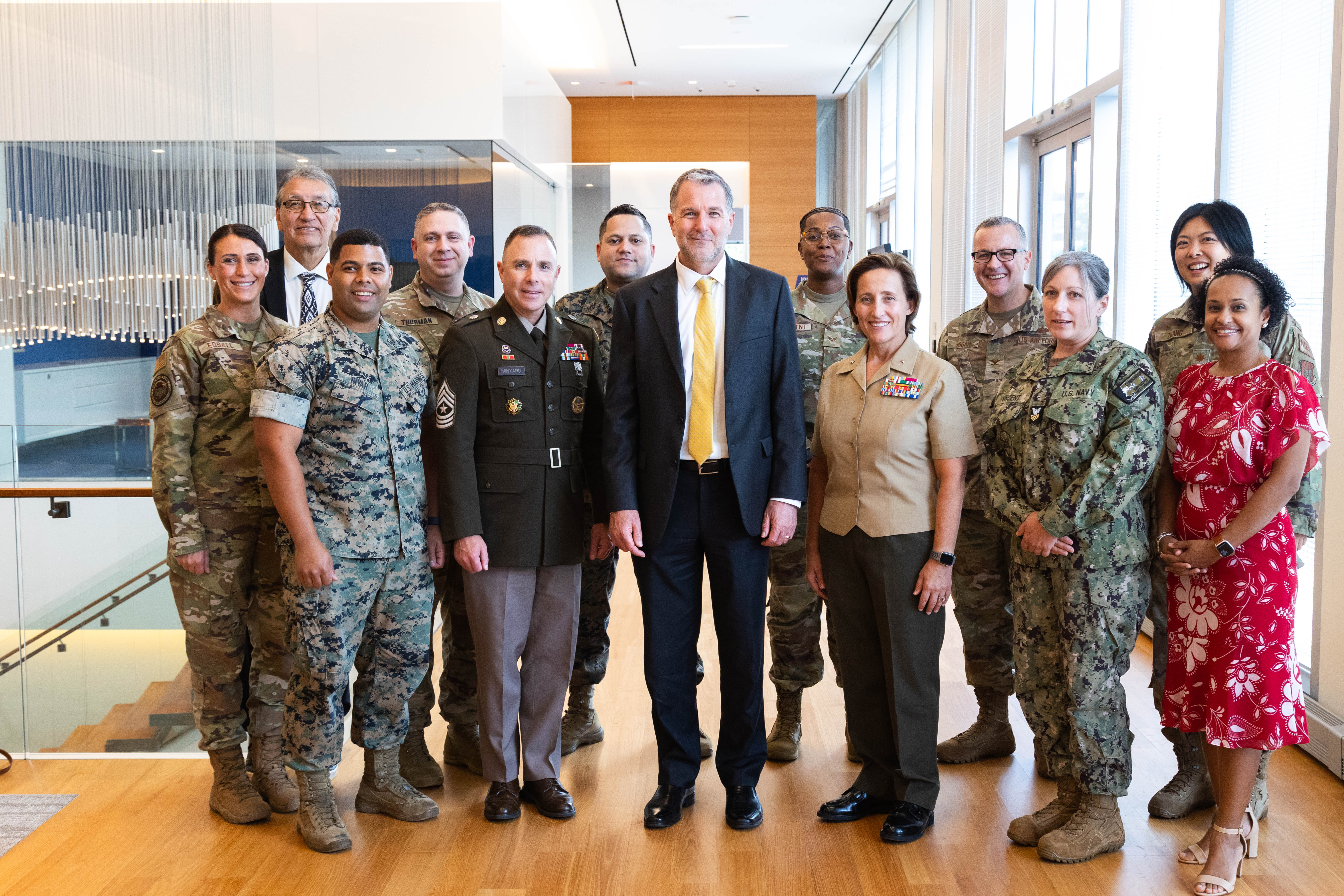
In the
1992 Presidential Campaign, then candidate Bill Clinton challenged Americans with his
"Rebuild America" initiative. As President, he challenged the Department of War
(DoW) to search for innovative programs, which would serve American communities in need and
provide realistic military training benefits. He suggested three primary areas of emphasis which
take advantage of the unique resources and capabilities of DoW—health care, infrastructure
support, and youth training programs. Also in 1992, the Senate Armed Services Committee (SASC)
echoed the President by directing DoW's increased involvement to help meet domestic needs.
The SASC Report on the FY93 Defense Authorization Act noted the opportunities for enhancing
military readiness while assisting in meeting domestic needs: "The American people have
made an enormous investment in developing the skills, capabilities, and resources of the Armed
Forces. These resources, if properly matched to local needs and coordinated with civilian
efforts, can be a useful contribution to addressing the serious domestic needs of the United
States." In June 1993, the Assistant Secretary of War for Reserve Affairs established
the directorate for Civil-Military Programs. This directorate coordinated with the various
contacts from the Armed Services to provide guidelines for civil-military programs being
conducted by both the Active and Reserve Components. The director of Civil-Military Programs
asked the Armed Services to develop programs that incorporate readiness training and community
service. The Assistant Secretary of War for Reserve Affairs asked the Reserve Component
Chiefs to serve as a General Officer Steering Committee for Civil-Military Programs. The Chiefs
were also asked to designate members at the Colonel/Captain level to serve on a Senior Working
Group. The Senior Working Group, chaired by the director for Civil-Military Programs, met
regularly from late October through December 1993. The Group's work included:
- Looking at the armed forces' past experience with civil-military projects;
- Examining existing resources and capabilities upon which we might capitalize;
- Identifying parameters for new programs based upon this information; and
- Developing new ideas for potential programs through which our armed forces could address
domestic needs while simultaneously enhancing readiness. The focus was on quality, not
quantity.

The
working group elected to concentrate initially on three areas based on the strength of the armed
forces and the nation's domestic needs: education and job training; health and medical
services; and civil engineering projects. As part of this process, the following important
considerations and objectives were met:
- Coordination and approval from the Secretary of War, Service Secretaries, General
Counsel, and Service Chiefs. The Working Group involved senior military and civilian
leadership to ensure their continued involvement and support in meeting civil-military
objectives.
- Meet Mission Requirements and Unit Readiness. Careful coordination was required to
ensure that civil-military projects supported units' wartime Mission Essential Task
List (METL) with readiness as the priority focus.
- Assure Peacetime Communications with Communities. Implementing civil-military programs
requires extensive coordination, both interagency and intergovernmental. Therefore, all
civil-military programs were planned and executed at a state or local level, where they
would complement state and local government needs while not competing with private
enterprise.
- Develop DoW Policy and Guidance. The directorate for Civil-Military Programs, in concert
with the Services, recommended broad policy and program guidance to satisfy the
requirements in the legislation and to dictate how the program should operate.
- Preserve Resources. All projects focused on legitimate and necessary military training
while also contributing to the President's "Rebuild America" agenda.
- Observe Statutory Framework. Each focus area involved a number of statutory provisions,
both state and federal, which had to be considered. The program was implemented within
the framework of existing statutes.
Today, the IRT program is led by the Director, Civil-Military Training Policy, in the Office of
the Deputy Assistant Secretary of War for Reserve Integration. The IRT program includes
opportunities for Active, Guard, and Reserve Service Members, as well as our multinational
partners, to integrate as a joint and whole-of-society team to serve American citizens.